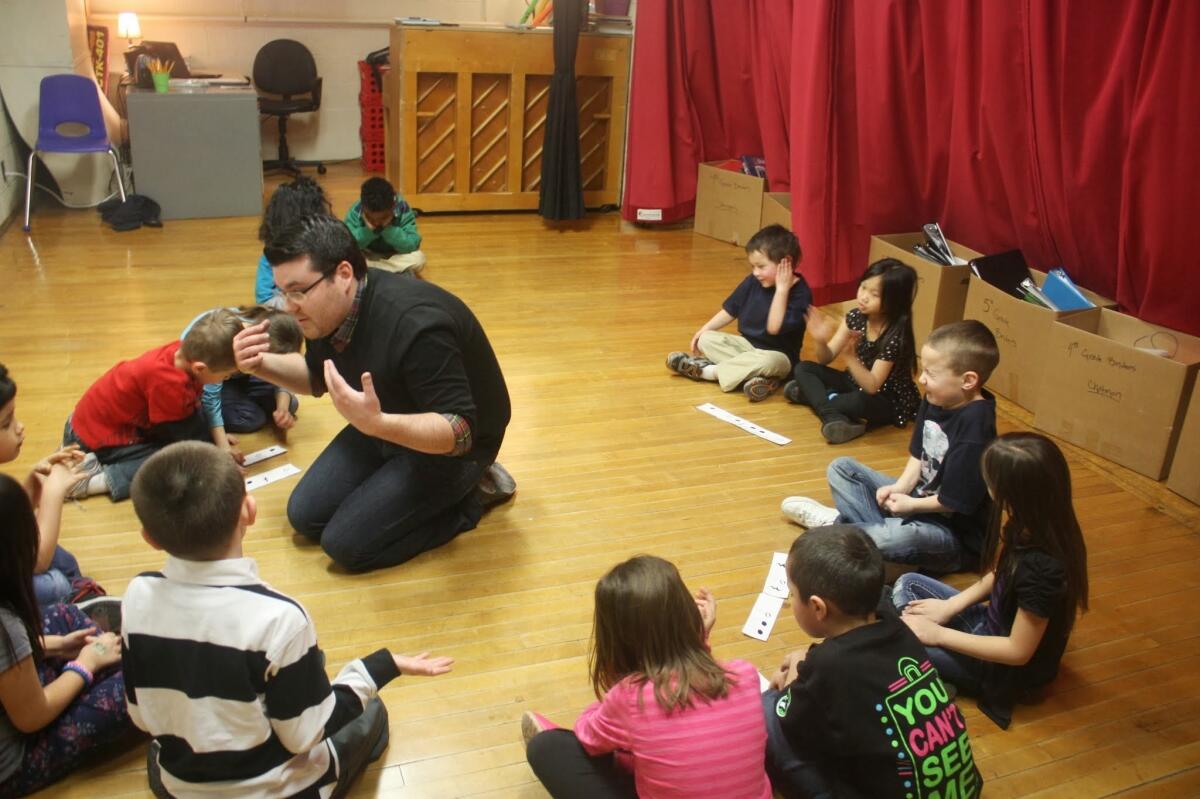Kansas case highlights inequities between rich and poor schools

After years of battling a group of parents and school districts, the state of Kansas on Friday was ordered to remedy inequities in how it distributes funding to school districts. The state created “unreasonable, wealth-based disparities” among school districts by cutting funding during the recession, the state Supreme Court said, in effect preventing poorer districts from adequately funding their schools.
Kansas has long been at the center of school funding debates. This is the second school funding lawsuit to make it to the state Supreme Court in a decade; both times, the state’s funding of districts was ruled unconstitutional. But the state is by no means the only one where massive inequality exists between schools in rich districts and schools in poor districts.
Although school funding is not uniform throughout the country, many states depend on property taxes to raise school funds, which enable districts with wealthier residents to raise more money. To remedy that disparity, many states raise funds through other means and distribute them to districts with lower property tax bases. But many states cut that funding during the recession, extending inequities between districts, said David Sciarra, executive director at the Education Law Center, which advocates for public school funding.
“What happened generally is that states cut their education budgets, which always hurts the poorest students because they’re the ones who most rely on state aid,” Sciarra said. “But the states haven’t really stepped up since the recession has eased and put the money back in that they took out, to move further down the path of funding adequacy.”
According to a report card on school funding released last month by Sciarra and a professor at Rutgers University, many states give less aid to poor districts than they do to wealthier districts, including Nevada, Illinois and New York, which each received a grade of F on the funding distribution section of the report card. Those states -- and others, including North Carolina and New Hampshire -- received low scores because they funded high poverty districts at a rate of 90% or less than they funded wealthier districts in 2011, the most recent year for which data was available.
Nevada, where advocates are contemplating a lawsuit, got the worst marks for distribution of school funding. School districts with higher poverty levels received 69% of the funding that wealthier districts received, according to the report, “Is School Funding Fair? A National Report Card,” by Bruce Baker, David Sciarra and Danielle Farrie.
“The deep political resistance in state capitals to raise additional broad-based tax revenue and then target it toward the poorest communities in the state, that’s a problem,” Sciarra said.
Kansas received a grade of C in the funding report. California received an A because its poor school districts received 9% more funding than rich ones in 2011. It was one of only 14 states in 2011 that gave poorer districts markedly more money per pupil.
The report shows just how much the discrepancies grew during the recession. Between 2007 and 2011, New Jersey’s “fairness level” dropped to a B from an A, while Vermont’s dropped to an F from a C. Between 2010 and 2011, the fairness levels fell in 27 states, the report says. Funds from the stimulus act had previously remedied some disparities, but they ran out in 2011.
Meanwhile, poverty in school districts has been growing. In 2011, 16% of students were in high-poverty schools, where poverty rates were greater than 30%, up from 7% of students in 2007.
According to an analysis by the Center on Budget and Policy Priorities, at least 34 states are spending less per student than they did before the recession hit.
ALSO:
Recession’s over. Why aren’t public services coming back?
Should states restore recession cuts? 4 arguments for and against
New York push to fund universal pre-K echoes moves in other states
Twitter: @AlanaSemuels
More to Read
Sign up for Essential California
The most important California stories and recommendations in your inbox every morning.
You may occasionally receive promotional content from the Los Angeles Times.











